Learn more here - https://bit.ly/2XC2kCB
Challenge:
A major cosmetics company with many sub-brands wanted to move from batch-and-blast email campaigns to an automated system to deliver great marketing communications across its customers’ unique journeys. This large-scale effort needed to be rolled out across 27 sub-brands and deliver 200 million personalized emails per month.
Approach:
Delivering automated, personalized interactions:
Merkle provided a team of over 70 practitioners, including platform services teams, email developers, campaign management, analytics, strategy, and operations.
Through a series of initiatives, Merkle enabled the company to use its Salesforce environment to deliver automated communications and offers based on data-rich customer journeys.
On the B2C side of things, personalized customer interactions and messaging are now automatically triggered based on specific customer behaviors and events, such as product purchase and birthdays. Here, the sequence of events and customer segments are built into Salesforce Journey Builder, which runs decision splits to decide what customer gets what email interactions.
Crossing channel lines with continuity:
In all of these cases, Salesforce Marketing Cloud is being used to deliver experiences. It’s not just digital. For nine sub-brands, its programs even have offline direct mail processes built into the journey, where automated segmentation is set up in Salesforce Marketing Cloud.
Data is pulled into the platform, automatically formatted, and sent directly to the mail house for delivery of personalized messaging and coupons
Ecommerce is integrated with Salesforce DemandWare, which feeds to Salesforce Marketing Cloud. Here, based on ecommerce activity, the solution triggers welcome, order confirmations, shipment notifications, and loyalty rewards.
Salesforce AdStudio is used to push messaging to social media platforms. For example, audiences are selected in Salesforce Marketing Cloud and pushed to Facebook and Pinterest using AdStudio, which hashes and matches email addresses to users or creates look-alike audiences to target potential customers of a similar demographic.
Merkle also helped the company move dashboarding away from an old vendor to Salesforce’s Tableau for analytics visualization.
Merkle pulled segments and data into LiveRamp, which connects to the company’s DMP to enable known-to-anonymous matching of customers.
Salesforce Cloud Pages were built for lead acquisition using rich customer data. For example, unique web pages were set up so customers can see and find the right cosmetics products for them based on the current season.
On the B2B side of things, Merkle helped the company manage marketing for ecommerce, in-store, and on-street interactions.
Contact us: https://www.merkleinc.com/contact
Connect with us:
https://www.twitter.com/merkle
https://www.linkedin.com/company/merkle/
https://www.facebook.com/merkleinc
https://www.instagram.com/merkle/
Challenge:
A major cosmetics company with many sub-brands wanted to move from batch-and-blast email campaigns to an automated system to deliver great marketing communications across its customers’ unique journeys. This large-scale effort needed to be rolled out across 27 sub-brands and deliver 200 million personalized emails per month.
Approach:
Delivering automated, personalized interactions:
Merkle provided a team of over 70 practitioners, including platform services teams, email developers, campaign management, analytics, strategy, and operations.
Through a series of initiatives, Merkle enabled the company to use its Salesforce environment to deliver automated communications and offers based on data-rich customer journeys.
On the B2C side of things, personalized customer interactions and messaging are now automatically triggered based on specific customer behaviors and events, such as product purchase and birthdays. Here, the sequence of events and customer segments are built into Salesforce Journey Builder, which runs decision splits to decide what customer gets what email interactions.
Crossing channel lines with continuity:
In all of these cases, Salesforce Marketing Cloud is being used to deliver experiences. It’s not just digital. For nine sub-brands, its programs even have offline direct mail processes built into the journey, where automated segmentation is set up in Salesforce Marketing Cloud.
Data is pulled into the platform, automatically formatted, and sent directly to the mail house for delivery of personalized messaging and coupons
Ecommerce is integrated with Salesforce DemandWare, which feeds to Salesforce Marketing Cloud. Here, based on ecommerce activity, the solution triggers welcome, order confirmations, shipment notifications, and loyalty rewards.
Salesforce AdStudio is used to push messaging to social media platforms. For example, audiences are selected in Salesforce Marketing Cloud and pushed to Facebook and Pinterest using AdStudio, which hashes and matches email addresses to users or creates look-alike audiences to target potential customers of a similar demographic.
Merkle also helped the company move dashboarding away from an old vendor to Salesforce’s Tableau for analytics visualization.
Merkle pulled segments and data into LiveRamp, which connects to the company’s DMP to enable known-to-anonymous matching of customers.
Salesforce Cloud Pages were built for lead acquisition using rich customer data. For example, unique web pages were set up so customers can see and find the right cosmetics products for them based on the current season.
On the B2B side of things, Merkle helped the company manage marketing for ecommerce, in-store, and on-street interactions.
Contact us: https://www.merkleinc.com/contact
Connect with us:
https://www.twitter.com/merkle
https://www.linkedin.com/company/merkle/
https://www.facebook.com/merkleinc
https://www.instagram.com/merkle/
- Catégories
- E commerce Divers

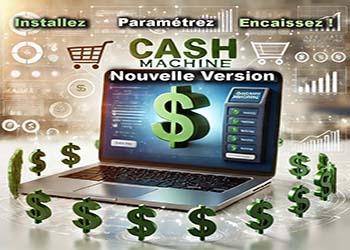

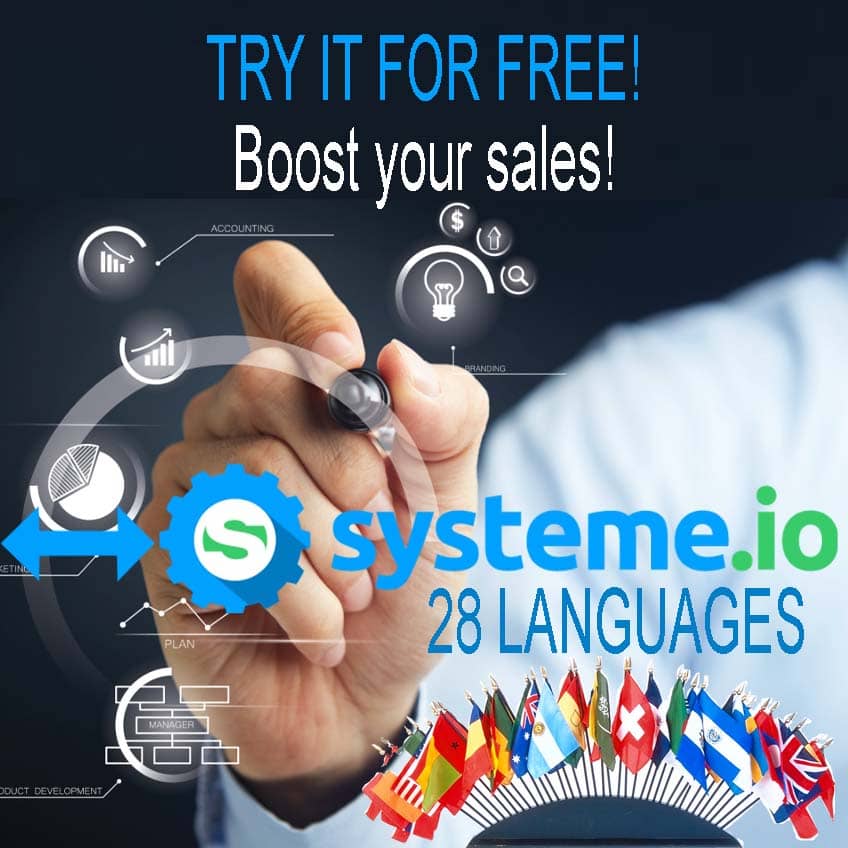




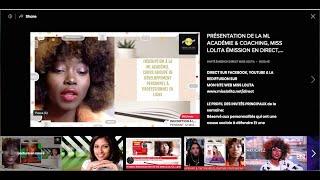

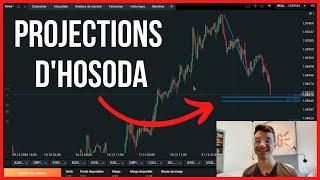
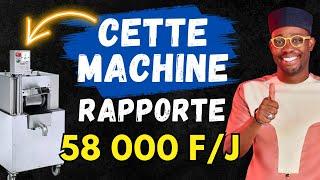


Commentaires